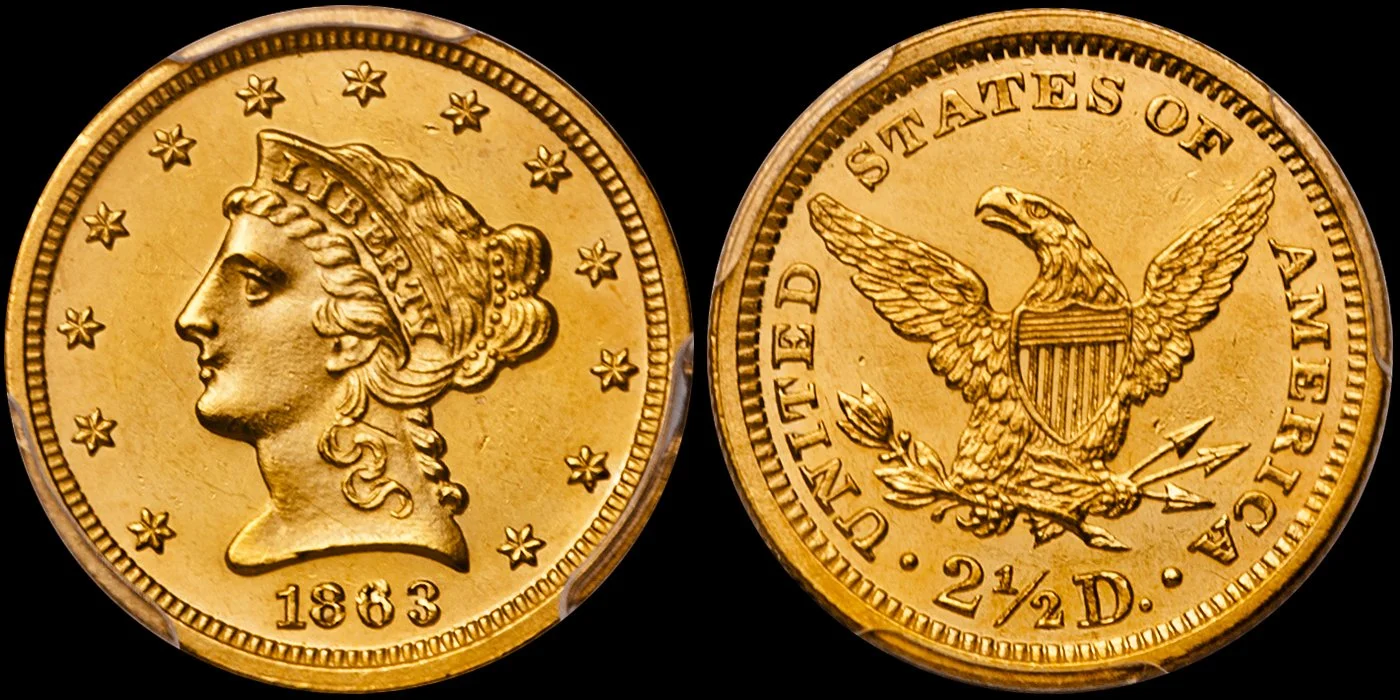Cool Coins from the 2015 ANA: Part Three
/Around two years ago, a good client from the Midwest tasked me with what seemed like a difficult but not impossible job: assemble a complete denomination set of Matte Proof gold. I upped the stakes by adding the following criteria: each coin had to be graded by PCGS and approved by CAC, and each coin had to be a different date. After a one and a half year search, I was finally able to find him an Indian Head eagle: this lovely 1914 in PCGS/CAC PR65.
1914 $10.00 PCGS PR65 CAC
The 1914 eagle has a mintage of just 50 which is the lowest in the series. It seems that a higher percentage of Proofs of this date were saved than in other years, and as many as 30 to 40 are known. Nearly all have been mishandled in some shape or fashion, and my best estimate is that no more than six to eight Matte Proofs of this year are known with original color and surfaces.
I was an active buyer of Matte Proofs in the early 1990’s but I stopped participating in this market due to the difficulty in finding original pieces. The advent of CAC has helped this area perhaps more than any other segment of the upper-end American coin market for a variety of reasons. It has helped collectors identify those coins which are unmolested, and it has created a two-tier market: for those coins with CAC stickers (or the potential to be stickered), and those coins which have been processed by coin doctors. The higher value of CAC approved Matte Proof coins means that savvy dealers will keep coins original rather than doctor them due to increased liquidity.
This 1914 Matte Proof eagle is an interesting case study for originality in this series. If you look at the photo, you will note that the color is very dark and almost “dirty” in its appearance. The “right” color for this issue is a deep orange-gold, and when a 1913 Matte Proof eagle is processed, it loses this shade and become a dull grayish-orange which is dead when compared to the vibrancy which this coin shows.
There are actually four distinct finishes for Matte Proof gold coinage and these are as follows:
- 1908: very dark matte finish
- 1909/1910: Roman Gold finish
- 1911/1913: light sandblast finish
- 1914/1915: dark sandblast finish
One of the unfortunate consequences of doctoring Matte Proof gold is that it removes the distinct appearance shown by each type and creates a more uniform and far drabber appearance. When you see natural, unmolested Matte Proof gold, you can tell the differences in finishes and you can see how the surface “sparkles” on all of the types except for Roman Finish.
The population figures for Matte Proof gold are greatly inflated, especially at NGC. This is clearly the case for the 1914 eagle as the combined number graded (52) is greater than the original mintage. PCGS shows a total of 19 in all grades and my guess is that this represents around 10-12 unique coins. Interestingly, CAC has approved just four coins and this low percentage of CAC approved Matte Proof gold is fairly constant throughout the series with the exception of quarter eagles (which have a higher percentage of coins which have not been doctored), and the larger denomination coins dated 1908 (which have higher mintages and appear to have been spared the rampant doctoring of the later issues).
My client’s set now needs just one coin to be complete (the double eagle), and I hope that I am able to locate the right coin for him later in the year.
Would you like to assemble a set of Matte Proof gold coinage with the assistance of a world-class expert in United States gold coinage? For more information, please contact Doug Winter at (214) 675-9897 or send an email to dwn@ont.com.





















